Part 1: Vishy’s imagination takes wing
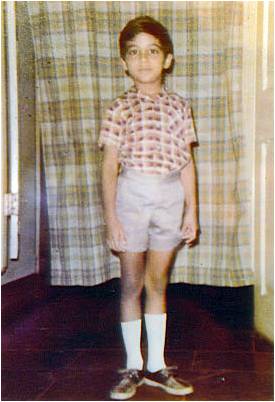 Tal Chess Club 1976. A tiny tot has just entered the tournament hall and is eagerly looking around, eyes full of curiosity. No, he has not come to watch, he has come to play.
Tal Chess Club 1976. A tiny tot has just entered the tournament hall and is eagerly looking around, eyes full of curiosity. No, he has not come to watch, he has come to play.
Now what are the seniors supposed to do with the little fellow? They can hardly offer him a point when their own results are at stake. So game after game he ends up with a naught. But that does not matter. He just loves to play. Then comes the fourth round and his opponent does not turn up. After the mandatory wait, he is awarded the point by the arbiter. Thrilled, he runs home and announces, “I won!” – “Who was your opponent?” – “I don’t know. He ran away!” At home they smile even as they hear the story over and over again. He has won by default, but too young to know the difference. He didn’t score many points in that tournament. But he is awarded a special prize for perseverance.
That’s it. He is fascinated. Day after day he visits Tal Chess Club and his imagination takes wing as he watches others play.
The kid is now in love with those pieces on the board. They in turn love him and fly from his hands like little angels towards the sky. When he moves on 64 squares, he feels, the board turns into a magic carpet for him.
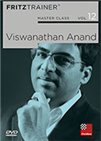 This DVD allows you to learn from the example of one of the best players in the history of chess and from the explanations of the authors how to successfully organise your games strategically, and how to keep your opponent permanently under pressure.
This DVD allows you to learn from the example of one of the best players in the history of chess and from the explanations of the authors how to successfully organise your games strategically, and how to keep your opponent permanently under pressure.Five years later…
31st August, 1981. The tournament hall in Madras is abuzz with excitement. The first round of the traditional Kasturi Cup Tournament is about to commence. The event has attracted 80 entries from all over India. The Premier section is made up of well-known masters, T.N. Parameswaran and Raja Ravisekhar, among others. There is also a Reserve section with 40 players. Among them is an 11-year-old from Don Bosco Matriculation School. No, he has not been allowed to play in the Premier section. He is too young for the big league. He looks askance at the seniors and wonders how he can catch up with them. The boy’s name is Viswanathan Anand. He wins the Reserve event with a tally of 7½ points out of 8. He also wins the Open Blitz tournament. A star is born.
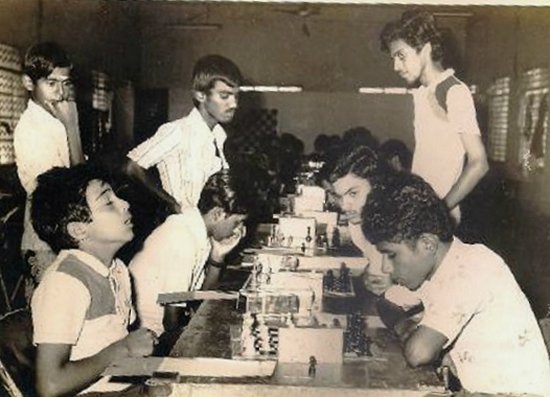
Anand is the one on the left, just about to sneeze...
Anand’s formative years marked the progress of a precocious chess talent. Success alternated with failure. In December 1981 he participated in the Tamil Nadu State Junior Championship. Arvind Aaron, the reigning champion, retained the title, scoring 6 points in a 7-round Swiss for 24 players. Anand shared 2nd-4th place with Ebenezer Joseph and K. Nallasivam with 5 points. In their individual encounter, Arvind Aaron beat Anand in a remarkable game.
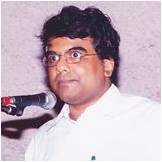 Aaron (pictured), better known as a chess journalist today, modestly denies his success, maintaining that Anand was too young at that time.
Aaron (pictured), better known as a chess journalist today, modestly denies his success, maintaining that Anand was too young at that time.
To be continued
Note: I have used a little imagination in recounting Anand’s first point scored off the board. In the main the story is true.
Young Anand’s photos:
Courtesy, IA V. Kameswaran
The Indian chess grandmaster Vidit Gujrathi with an ELO of over 2700 (June 2023) is one of the best 20 players in the world. For the first time, the sympathetic top player presents himself in a video course. Let a world-class player show you tactical moti
Links
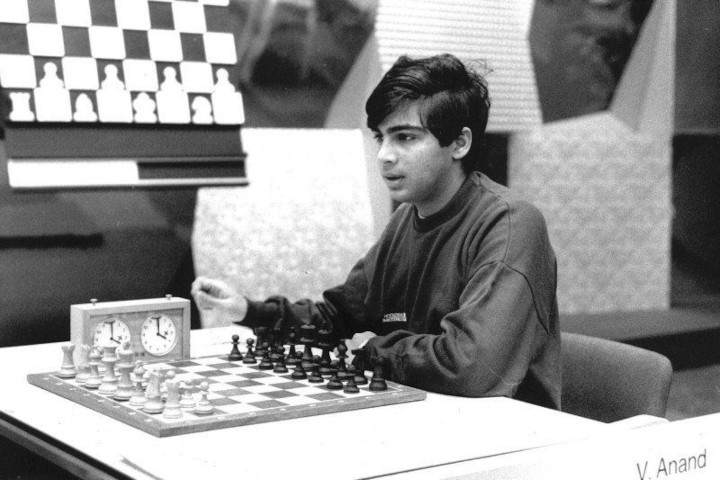

















 Tal Chess Club 1976. A tiny tot has just entered the tournament hall and is eagerly looking around, eyes full of curiosity. No, he has not come to watch, he has come to play.
Tal Chess Club 1976. A tiny tot has just entered the tournament hall and is eagerly looking around, eyes full of curiosity. No, he has not come to watch, he has come to play.
 Aaron (pictured), better known as a chess journalist today, modestly denies his success, maintaining that Anand was too young at that time.
Aaron (pictured), better known as a chess journalist today, modestly denies his success, maintaining that Anand was too young at that time.




